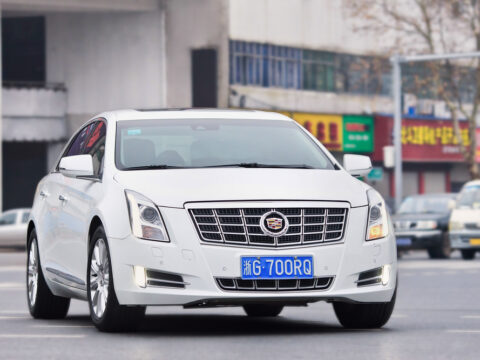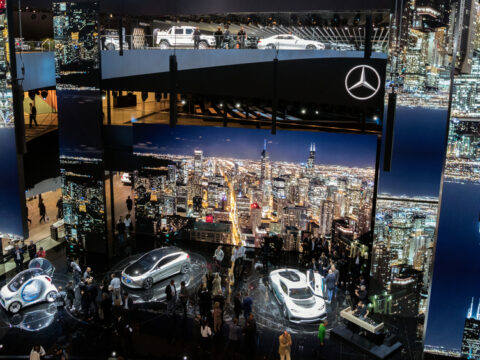Supercar designs have always captured the imagination, blending performance with striking looks that stand out on the road. Some models go beyond the ordinary, pushing the limits of style with bold shapes, futuristic features, and groundbreaking innovation. These 17 exotic supercars set new standards in design, each showcasing unique aesthetics that challenge the norm and turn heads wherever they go.
Contents
Lamborghini Countach (1974)

The Lamborghini Countach broke new ground with its daring wedge-shaped design, forever changing the landscape of supercar aesthetics. Designed by Marcello Gandini, its aggressive angles, low stance, and scissor doors were unlike anything the automotive world had seen before. This radical approach to design wasn’t just for show—it improved aerodynamics and gave the car a futuristic presence. Inside, the interior mirrored the bold exterior with angular controls and a driver-focused cockpit.
Ferrari LaFerrari (2013)

Ferrari’s LaFerrari introduced a unique blend of sleek design and cutting-edge hybrid technology, pushing the boundaries of what a supercar could be. Its flowing lines and sharp details were engineered to optimize aerodynamics while maintaining an elegant silhouette. The car’s butterfly doors added to its futuristic appeal, enhancing both style and function. Powered by a combination of a V12 engine and an electric motor, the LaFerrari showcased that hybrid technology didn’t have to compromise on performance or luxury.
McLaren P1 (2013)
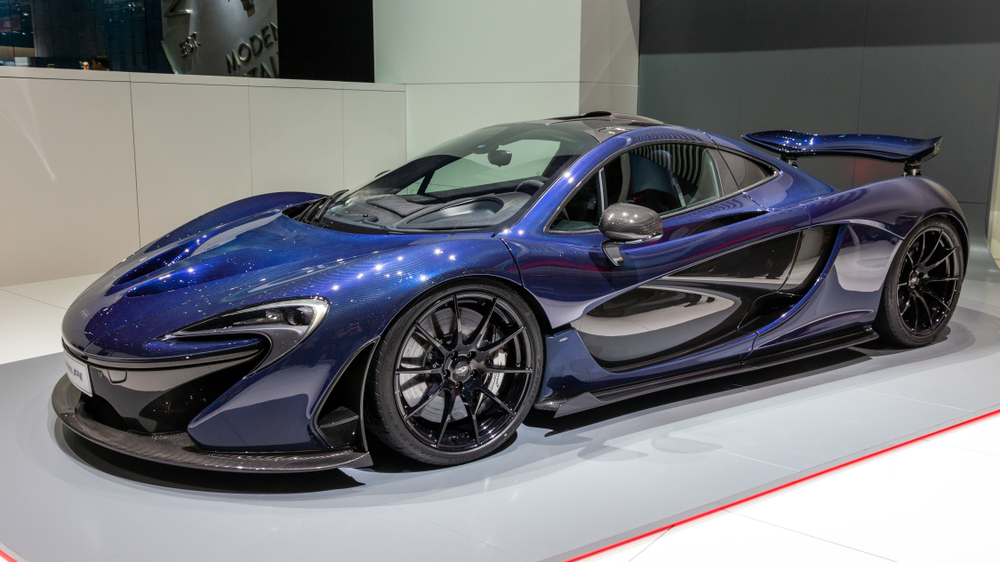
McLaren’s P1 was a visionary supercar, combining a sleek, teardrop design with advanced aerodynamics to maximize performance. The car’s dramatic front air intakes and low-slung profile weren’t just for aesthetics—they served to channel airflow efficiently over the body. Additionally, the active rear wing adjusted on the fly to provide optimal downforce based on speed. The P1 also introduced hybrid technology into the mix, proving that sustainability could coexist with extreme power.
Bugatti Veyron (2005)
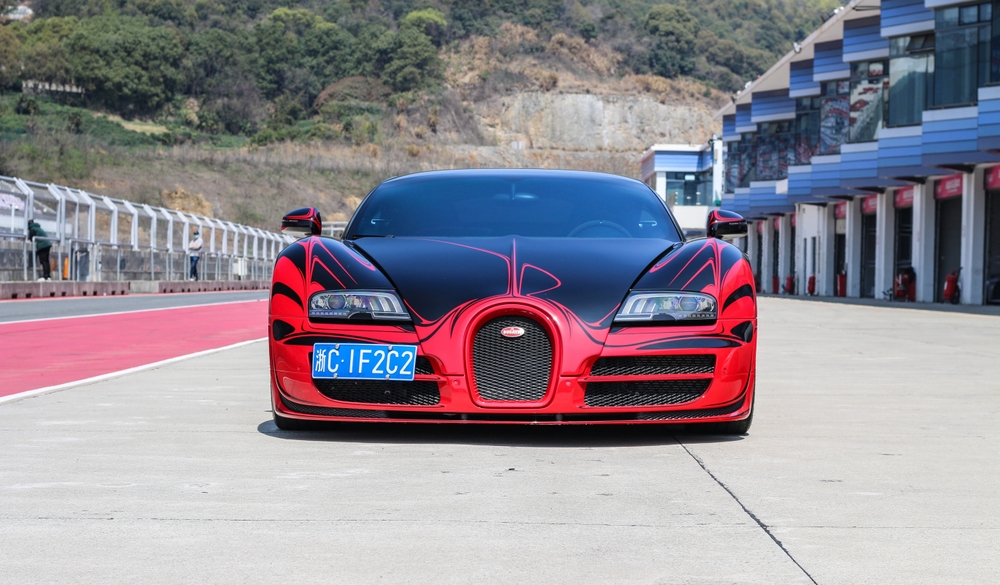
The Bugatti Veyron stands as a marvel of engineering, blending elegant curves with unparalleled power. Its fluid bodywork not only gave the car a luxurious appearance but also contributed to its record-breaking aerodynamics. With its quad-exhaust system and large rear intakes, the Veyron’s design was both graceful and aggressive. Inside, the two-tone leather and high-tech dashboard highlighted the car’s blend of luxury and speed.
Pagani Huayra (2012)
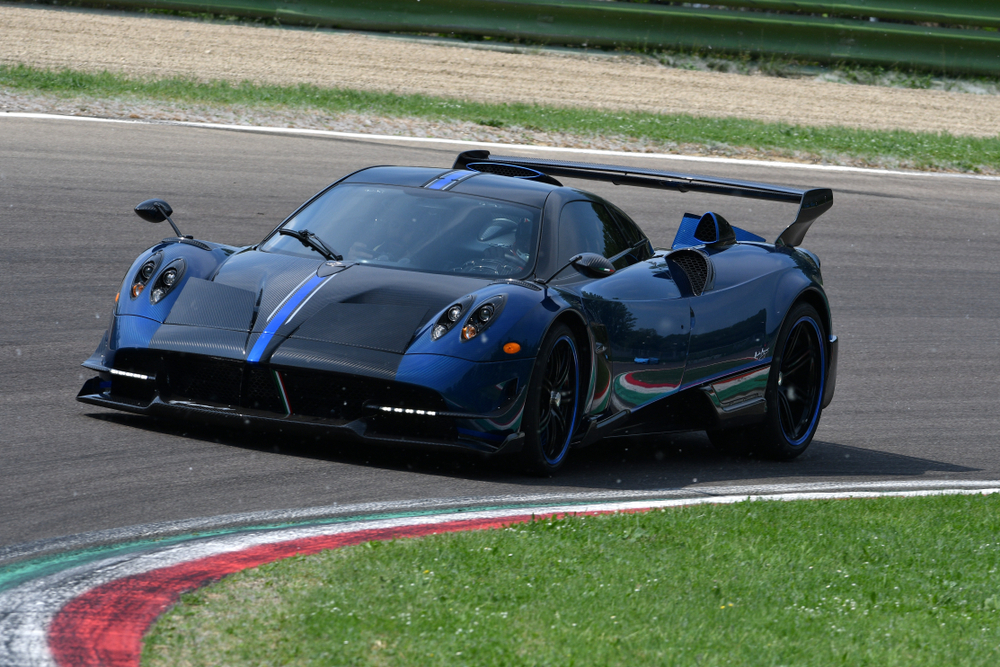
A true work of art, the Pagani Huayra dazzles with its exotic design and meticulous craftsmanship. The car’s flowing lines, gullwing doors, and carbon-fiber bodywork create a stunning visual impact that is hard to ignore. Built with both beauty and functionality in mind, the Huayra features active aerodynamics, including flaps that adjust in real-time to improve handling and speed. The interior is equally impressive, featuring hand-stitched leather, exposed metal components, and an attention to detail that sets it apart.
Aston Martin Valkyrie (2021)

The Aston Martin Valkyrie breaks the mold with a design inspired by Formula 1 technology, making it one of the most extreme supercars ever built. Its hyper-aerodynamic body features massive curves, exposed suspension, and a roof-mounted air intake, all contributing to a design focused on speed and efficiency. Red Bull Racing’s involvement ensured the car’s engineering matched its radical look, optimizing airflow and downforce. Inside, the cockpit is stripped down, emphasizing function over luxury with a driver-focused layout.
Koenigsegg Jesko (2020)
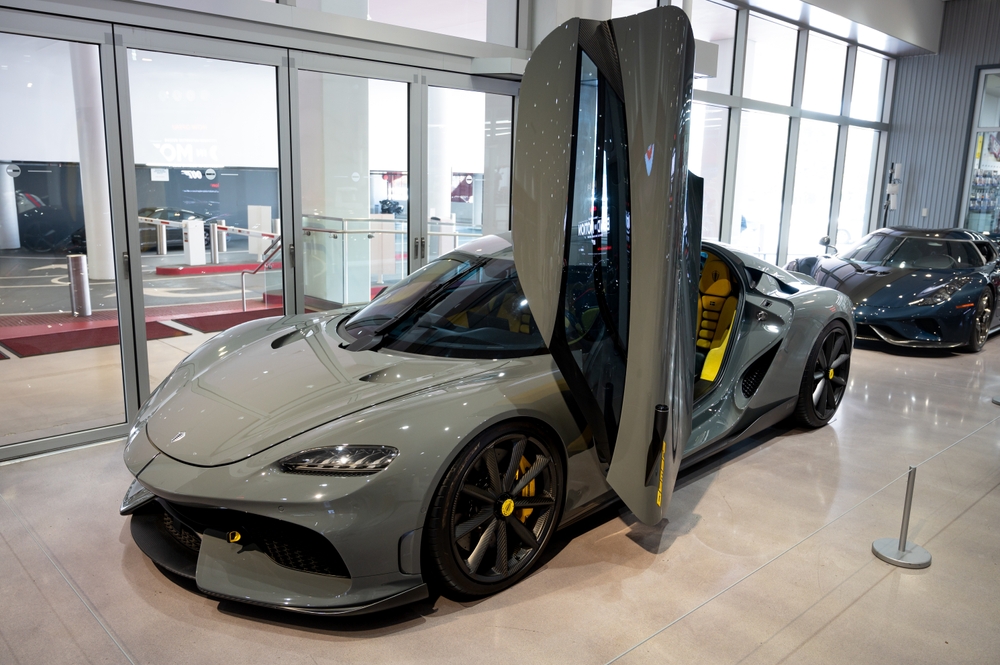
The Koenigsegg Jesko exemplifies aggressive design with its sharp lines, enormous rear wing, and wide stance, all tailored for maximum performance. Created to set new records, the Jesko features active aerodynamics that adjust for optimal downforce at varying speeds. This sleek design is both functional and visually arresting, especially with its carbon-fiber body glistening under the light. Inside, Koenigsegg maintained a minimalist approach, ensuring that nothing distracted from the driving experience.
Ferrari F40 (1987)
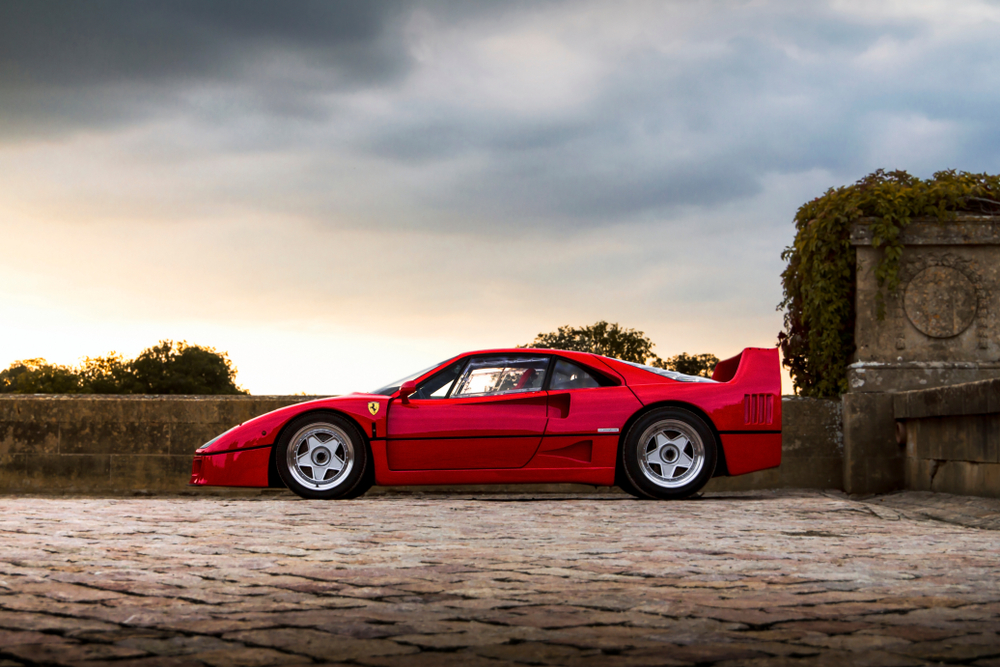
As Ferrari’s 40th-anniversary model, the F40 was designed with pure performance in mind, resulting in a no-frills, raw supercar. Its wedge-shaped profile, massive rear wing, and extensive use of lightweight materials like carbon fiber gave it a distinctly race-ready look. Unlike many supercars of its time, the F40 eschewed luxury for function, featuring a stripped-down interior that emphasized its track-oriented nature.
Lamborghini Aventador SVJ (2018)
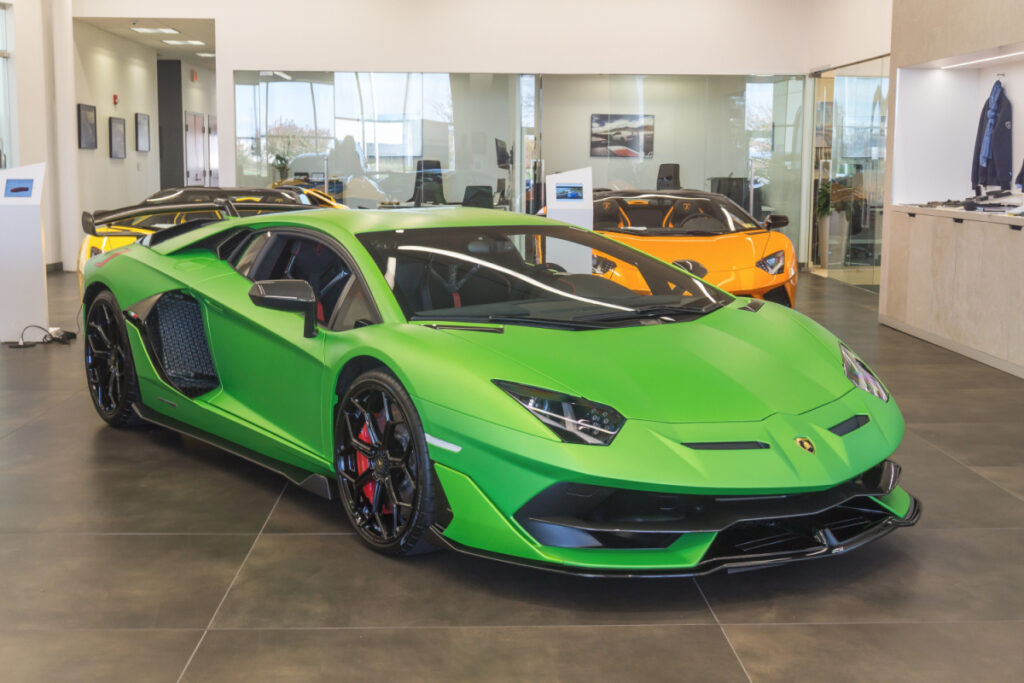
The Lamborghini Aventador SVJ stands as one of the most extreme designs to come out of Sant’Agata Bolognese, blending sharp angles with cutting-edge aerodynamics. The car’s aggressive front splitter and massive rear wing are not just for looks—they contribute to Lamborghini’s innovative ALA (Aerodinamica Lamborghini Attiva) system, which adjusts airflow for optimal performance. With a naturally aspirated V12 engine and a low, wide stance, the Aventador SVJ screams performance from every angle.
Porsche 918 Spyder (2015)
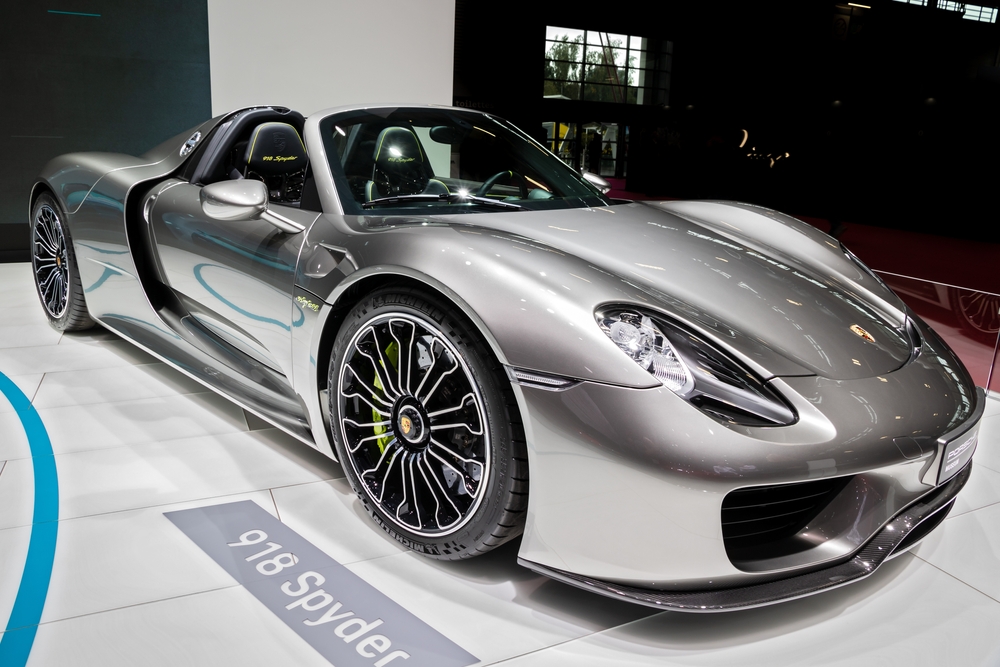
Porsche took its iconic design DNA to new heights with the 918 Spyder, a supercar that blends classic aesthetics with futuristic innovation. The car’s curvaceous body and low profile give it a sleek appearance, while large air intakes and an active rear wing enhance its aerodynamic performance. Equipped with both a V8 engine and two electric motors, the 918 Spyder is a technological marvel, achieving blistering speeds without sacrificing efficiency.
Maserati MC12 (2004)
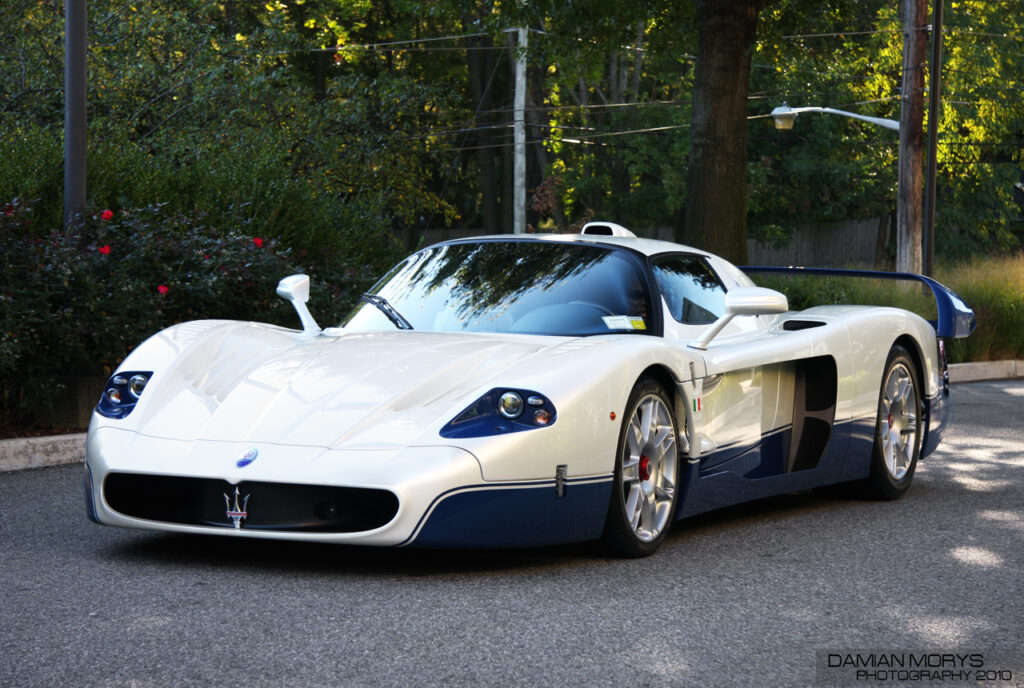
The Maserati MC12’s dramatic, elongated body immediately captures attention, making it one of the most exotic-looking cars ever created. Designed to homologate Maserati for FIA GT racing, its oversized rear wing and low-slung profile maximize aerodynamics. While its sibling, the Ferrari Enzo, influenced much of its engineering, the MC12’s design focused more on grace and elegance, with flowing lines and a longer wheelbase. Inside, the luxury materials and simplistic controls reflect Maserati’s racing pedigree.
Bugatti Chiron (2016)

The Bugatti Chiron took automotive luxury and performance to the next level, building on the legacy of the Veyron with even more aggressive styling and power. Its signature C-line, visible on both the exterior and interior, became a defining feature of the design, flowing seamlessly into the car’s aerodynamic shape. The quad-LED headlights and sleek rear end highlight the Chiron’s futuristic appeal, while its W16 engine delivers over 1,400 horsepower.
Ford GT (2017)
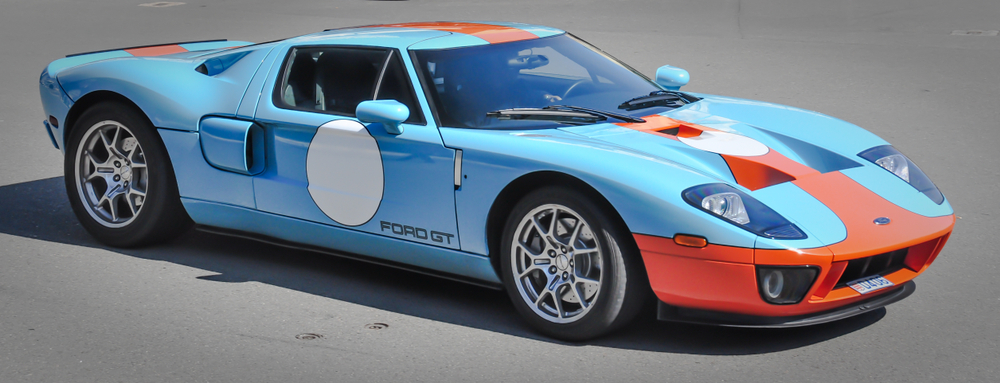
With the 2017 Ford GT, Ford managed to blend classic inspiration with modern engineering, creating a supercar that’s both nostalgic and forward-thinking. Its aerodynamic shape, complete with flying buttresses and an active rear wing, enhances performance at high speeds. The car’s aggressive front end, wide stance, and dramatic curves are designed not just to look good but to provide optimal airflow and downforce.
Rimac Nevera (2021)
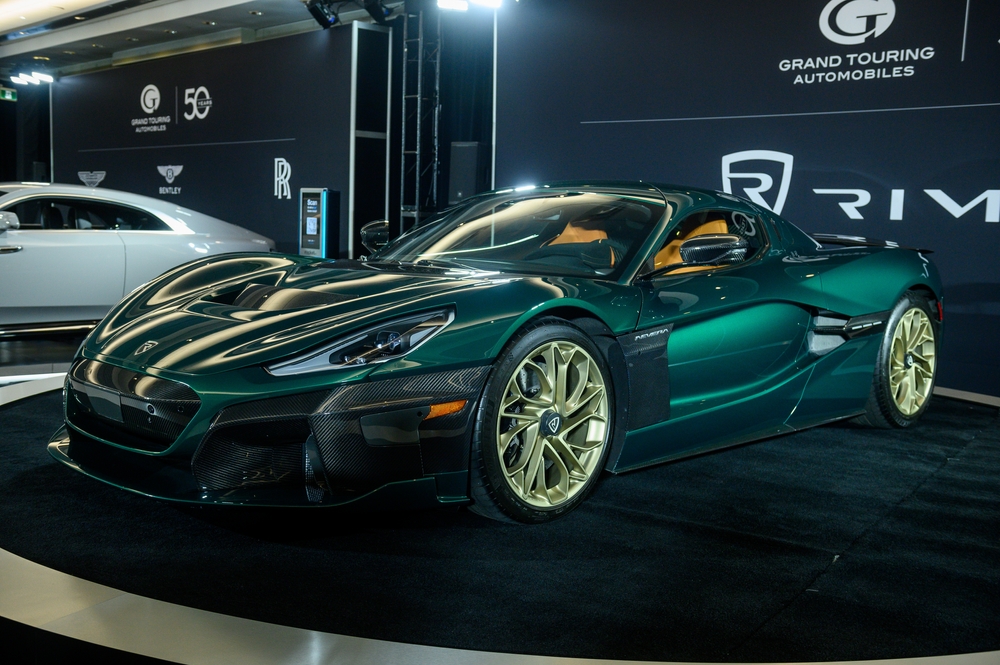
The Rimac Nevera is a vision of the future, combining sleek, futuristic design with incredible electric performance. Its low, wide body and sculpted lines give it an aerodynamic advantage, while the large front intakes and rear diffuser enhance its handling. With 1,914 horsepower delivered through an all-electric powertrain, the Nevera is one of the fastest cars on the planet, yet its design is both elegant and functional.
SSC Tuatara (2020)
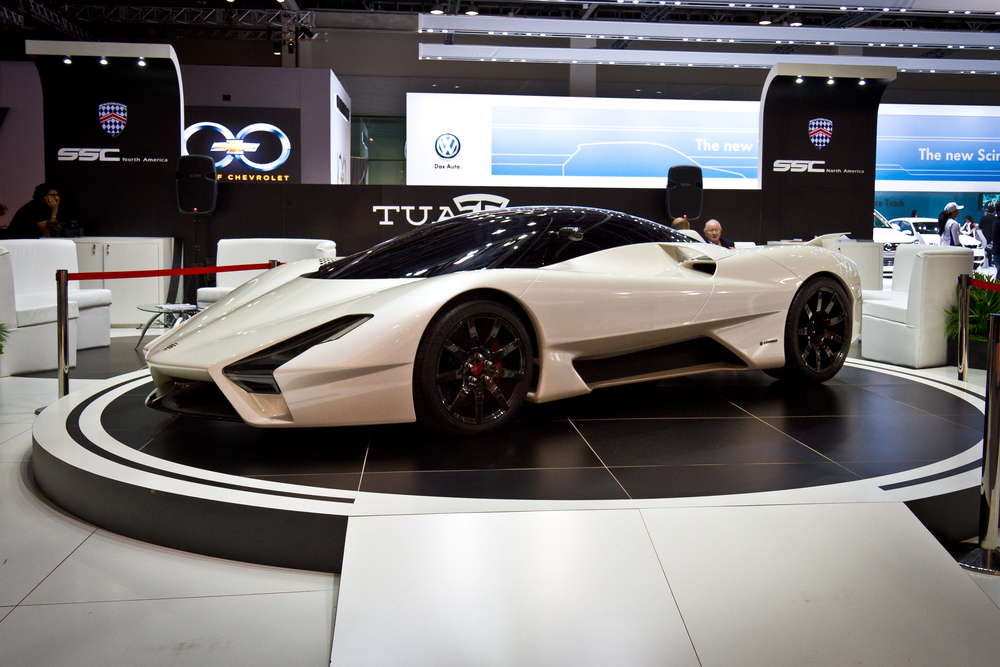
The SSC Tuatara boasts a design that was engineered for extreme speed, with its aerodynamic profile pushing the limits of what a road car can achieve. Its sharp, angular lines and pointed rear end reduce drag, helping it achieve blistering top speeds. The car’s teardrop-shaped cabin is positioned low in the chassis, further reducing wind resistance. Powered by a twin-turbo V8 engine, the Tuatara achieved a top speed of over 280 mph, making it one of the fastest production cars in the world.
Lotus Evija (2020)
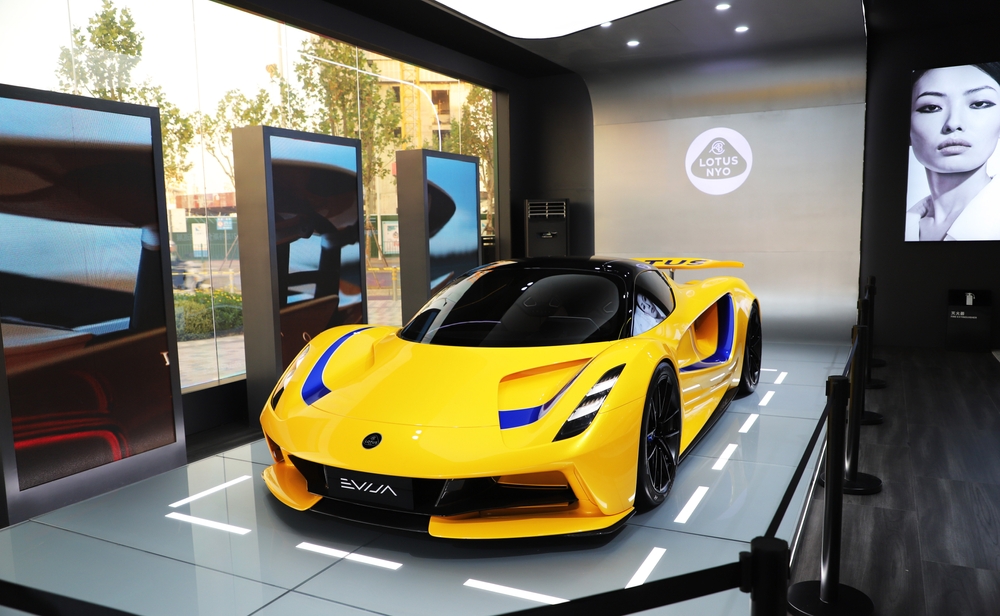
The Lotus Evija represents the future of supercar design with its sleek, electric-powered architecture and futuristic styling. Its dramatic lines and massive air vents give it a unique, almost alien appearance, blending form and function. The rear design, with tunnel-like taillights and a unique airflow system, looks like something from a science fiction movie. Boasting nearly 2,000 horsepower from its electric motors, the Evija is both a technological and aesthetic masterpiece.
De Tomaso P72 (2019)
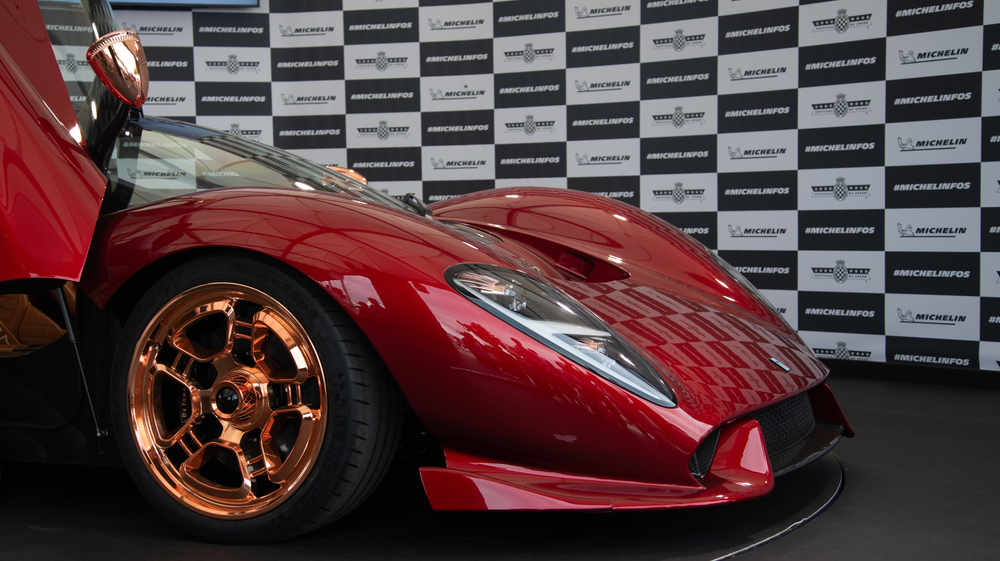
Blending the past with the present, the De Tomaso P72 is a love letter to the golden age of motorsport. Its curvaceous body and flowing lines are reminiscent of race cars from the 1960s, yet the modern materials and engineering bring it firmly into the 21st century. The exposed carbon fiber adds a touch of modernity to its classic design, while the hand-stitched leather interior exudes luxury. The P72’s V8 engine provides ample power, but it’s the car’s beautiful design that steals the show.
This article originally appeared in MyCarMakesNoise.
More from MyCarMakesNoise
25 Sports Cars with Astonishingly Low Weight Ratios
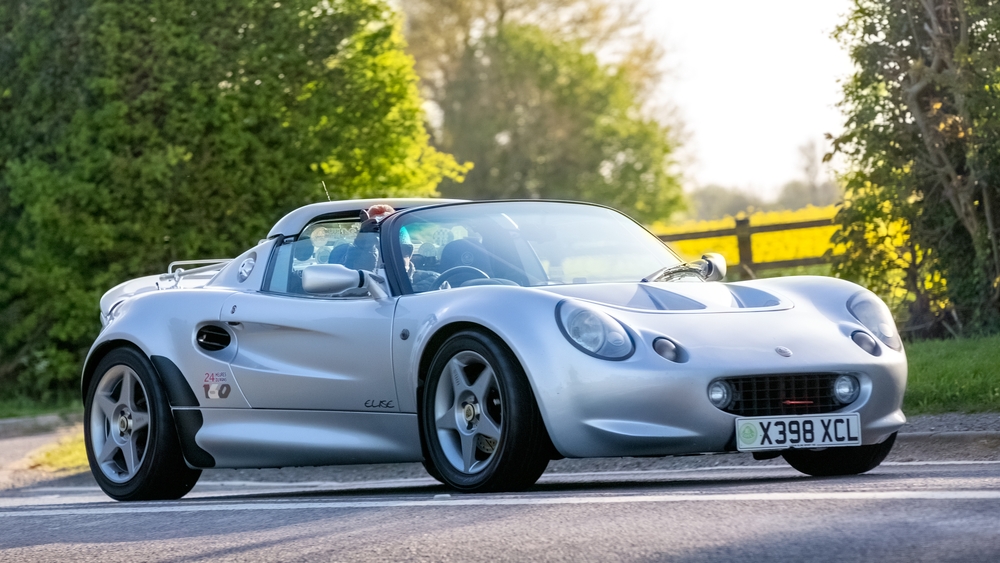
When it comes to performance, weight plays a crucial role in how a sports car handles and accelerates. Lighter cars often deliver a more responsive and thrilling driving experience. Read More.
15 Rare Vintage Airplanes You’ll Never See Again
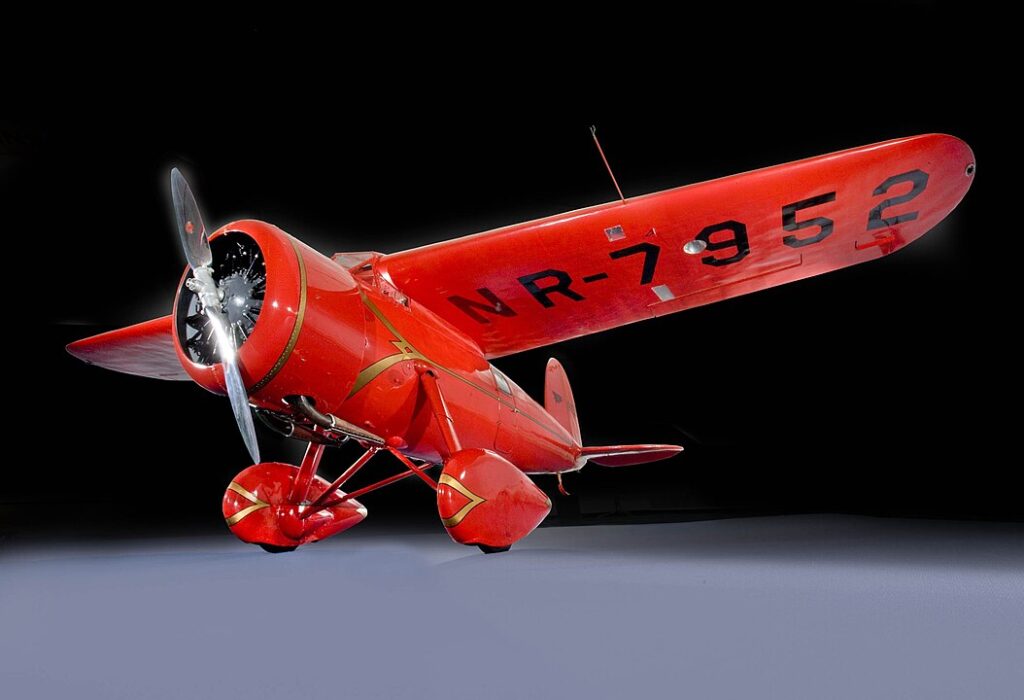
The world of aviation has seen countless remarkable airplanes, but some have become so rare that they’ve all but disappeared from the skies. These vintage aircraft, once marvels of engineering, are now nearly impossible to find. Read More.
Top 25 Motorbikes Engineered for Ultimate Speed and Precision
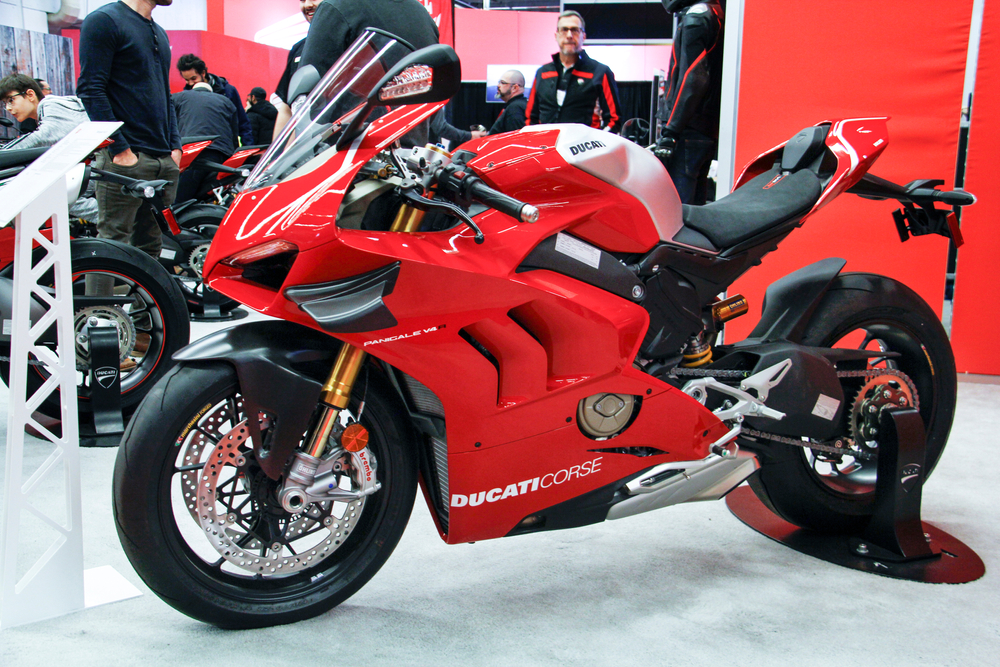
When it comes to motorbikes, speed and precision are often the ultimate goals for riders who crave performance. The following list highlights the top 25 motorbikes that have been meticulously engineered to deliver unparalleled speed and razor-sharp handling. Read More.


